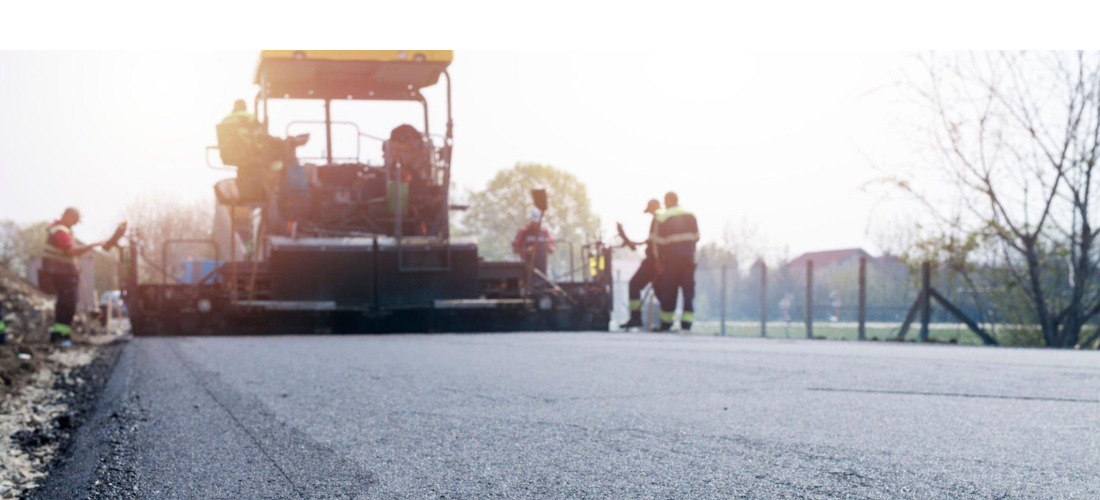Bitumen roads are made out of bituminous materials, and bitumen is a sticky black viscous liquid derived from natural deposits.
A bitumen road construction provides a smooth surface to ride on and emits less noise. It also has a lower starting cost and overall maintenance cost than concrete pavement.
Bitumen is utilized in road building and obtains specific distinctive qualities due to its diverse properties and benefits.
As explained below, there are several processes involved in the development of bitumen road construction.
- EXISTING BASE COURSE LAYER PREPARATION:
The current surface is prepared by eliminating potholes or rust, and the imperfections are filled up with premix chippings at least a week before installing the surface course. If the current pavement is excessively way, a bituminous leveling course of suitable thickness is given before laying a bituminous concrete surface course on a binder course.
- TUCK COAT APPLICATION:
It is preferable to build an Asphalt Concrete layer over a bituminous road construction or binder course, and a tack coat of bitumen is applied at a rate of 6.0 kg to 7.5 kg per 10 sq.m area. This amount can be raised from 7.5 kg to 10 kg for a non-bituminous base.
- PREMIX PREPARATION AND PLACEMENT:
The premix is manufactured in a hot mix facility with the needed capacity and quality control, and the bitumen may be heated to 150 to 177 degrees centigrade. The aggregate temperature should not deviate by more than 14 degrees Celsius from the binder temperature.
The transporters gather the hot mixed material from the mixture, and a mechanical paver at a temperature of 121 to 163 degrees centigrade transports it to the destination.
The management of temperatures during mixing and compaction is critical to the strength of the final pavement structure.
- ROLLING:
A mix is properly compacted after it is deposited on the base course by rolling at a speed of no more than 5 km per hour, and the first or breakdown rolling is done by an 8 to 12 tonnes roller.
The intermediate rolling is done using a fixed wheel pneumatic roller of 15 to 30 tones and a tyre pressure of 7 kg per sq. cm, and the roller’s wheels are kept moist with water.
The number of passes necessary for bitumen road construction is determined by the thickness of the layer, and in warm weather, if the initial rolling was insufficient, rolling the next day helps to improve density.
- QUALITY CONTROL OF BITUMINOUS ROAD CONSTRUCTION:
Routine checks are performed at the site to ensure the quality of the resulting pavement mixture and the pavement surface, as well as periodic checks for aggregate grading, bitumen grade, aggregate temperature, and paving mix temperature during mixing and compaction.
For these standards, at least one sample is collected and analyzed for every 100 tonnes of mix released by the hot mix facility. One field density test is performed in the laboratory to ensure that it is at least 95% of the density achieved for every 100 sq.m of compacted area.
- FINISHED SURFACE:
The Bitumen road construction shall be tested with a 3.0 m straight edge, and the number of undulations more than 6.0 mm should not exceed 10 in a length of 300 m, and longitudinal undulations should not exceed 8.0 mm.

